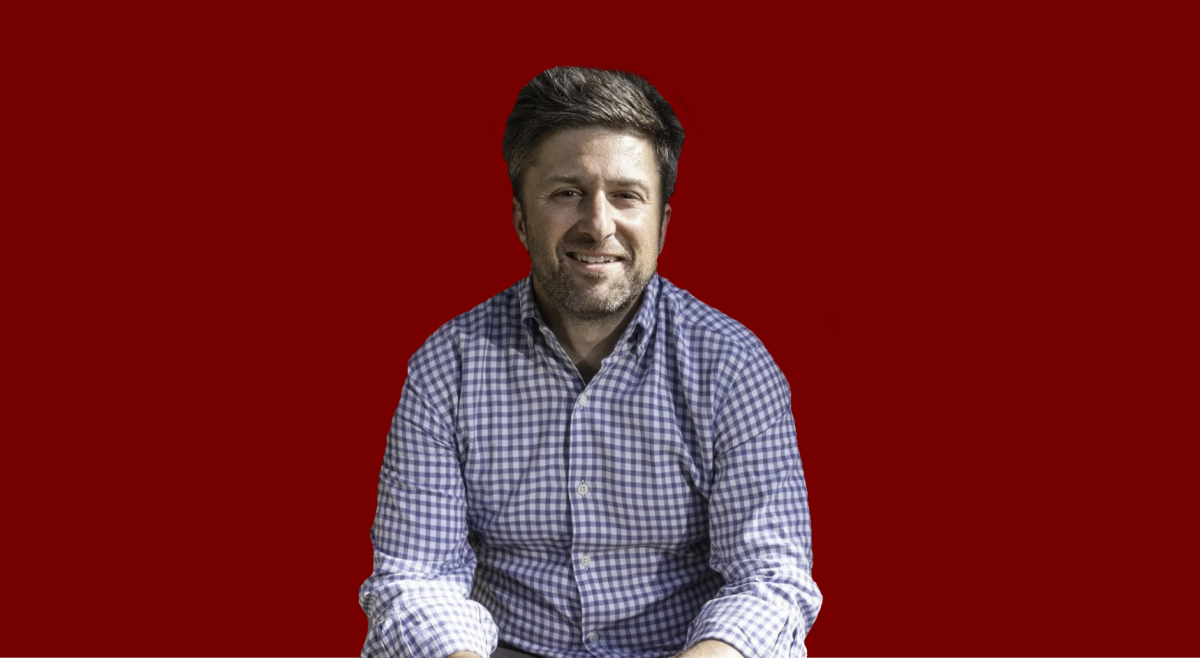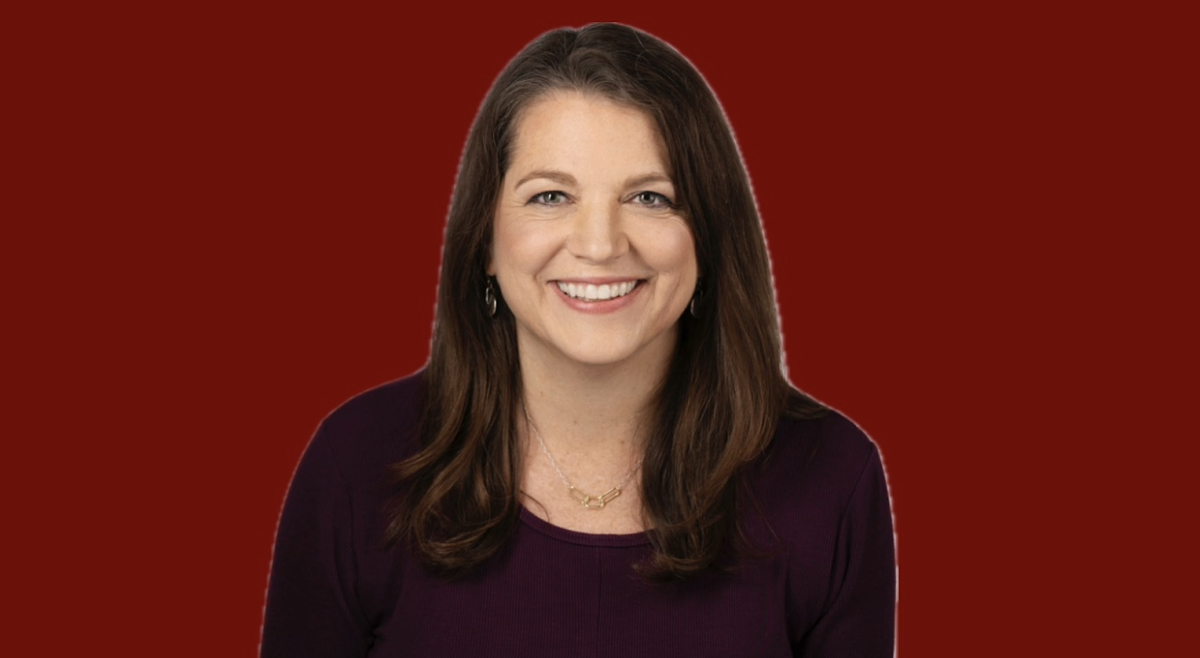Approximately 275 residents of Newton and the surrounding area attended a community open house to hear from city officials and give their own feedback regarding proposed developments to the area occupied by the Riverside T stop on Sunday evening. It was hosted by the City of Newton Planning Department.
The proposal is to have a “mixed-use development/transit-oriented development” on the Riverside T stop.
At the event, higher-ups from Newton’s government, as well as from CivicMoxie—an urban planning consulting firm which recently won a contract with the City to assist in planning the project—provided citizens with an opportunity to express their hopes and concerns for the redevelopment.
The event marked the beginning of a several-months-long visioning process in which the City is asking citizens and other “interested parties” like small businesses to give their feedback on what they would like to see realized in the revitalization of the area around Riverside.
The open house, held at Williams Elementary School in Auburndale, a village of Newton, was also attended by Newton Mayor Ruthanne Fuller; Barney Heath, planning director for the City of Newton; Susan Silberberg, principal of CivicMoxie; and Massachusetts State Representative Kay Khan. Fuller, Heath, and Silberberg delivered a brief presentation explaining the details and timeline for the visioning process.
Many residents expressed skepticism that their concerns would actually be heard, especially with respect to housing affordability and over-development of the relatively quiet suburban area.
One person from the nearby village of Lower Falls, who asked not to have her name published, said that she is not opposed to change entirely, but worries that too much development in the area would be disruptive. The trajectory of the preliminary plans for development, she said, caused her to worry about increased traffic, the impact on the environment, and the erasure of the area’s small-town feel.
Other attendees expressed a desire for more affordable housing on the site—in a city which ranks as one of the most expensive in which to live in Massachusetts, according to Boston Magazine—both to attract millennials and to support older residents who need to downgrade their living situations.
Tim Murphy, BC ’00, who works as an administrator at a boarding school in West Newton and lives on the school’s campus, is concerned with housing prices. Murphy explained that he would be interested in moving to a residential area like that around the Riverside station so that he could have easy access to the city of Boston while remaining close to his place of work, but is currently prohibited from doing so because of the cost.
“I hardly ever go downtown for a variety of reasons, but mainly because I don’t live near a train station,” said Murphy. “If I lived in a place like this, I might take more advantage of the T.”
Throughout the evening, citizens demonstrated that they were afraid that their feedback would not actually be taken into account. Fuller, however, preached to those present to trust that their ideas would not fall on deaf ears, and that the team working on the project was just as personally invested in its success as everyone else.

“Many of us live in this area,” the mayor said. “This isn’t some hypothetical ‘other part of the city.’ We are listening.”
Despite any doubts, however, those in charge of the development seemed to see eye-to-eye with citizens regarding the role transparency would play.
Silberberg made it especially clear that all of the feedback from the meeting—including suggestions written in marker on poster boards around the gymnasium where the event was held—would be photographed, transcribed, and made available for public access. Fuller also emphasized that discussions with the Massachusetts Bay Transit Authority (MBTA) would not be behind closed doors.
Throughout the evening, Silberberg and Heath emphasized that the visioning process will not entail the drafting of formal plans for Riverside’s development. Instead, it will be a way for Newton officials to understand citizens’ concerns so that they can be passed on to the Land Use Committee of the Newton City Council, which will consider the feedback before it decides to grant a special permit for the project. The findings of the visioning process will be presented to the Committee on April 30.
The current plan, which is being brought before the public, includes increased retail space, upgrades to the station to accommodate larger trains on the Green Line and potential rail expansions in the future, as well as greater accessibility to trails on the adjacent bank of the Charles River. A similar planning process took place from 2010 to 2013, but was put on hold.
Additional public meetings will take place on March 28 and April 30, the locations of which have yet to be determined.
Featured Image by Doug Girardot / For the Heights







